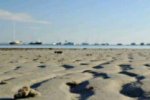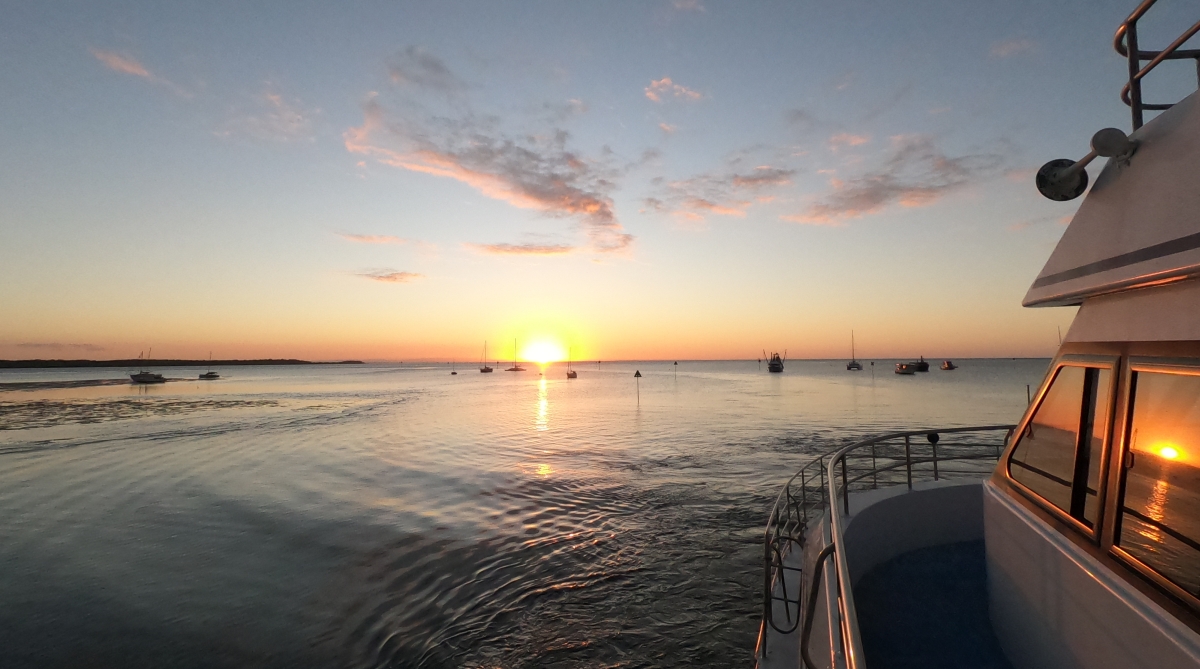|
North Stradbroke Island is a small sand island with many groundwater bodies. The microbes and viruses hidden in these aquifers have remained mostly unexplored. You will use metagenomics and viromics to explore this hidden treasure. |
|
North Stradbroke Island is a large sand island off the coast of Brisbane with a high annual rainfall (>1500mm) generating significant groundwater reserves. The island is characterised by a large regional aquifer and several smaller perched aquifers in elevated sections of the island. Both aquifer types supply over 70 wetlands and shape them as stable aquatic environments sheltered from short-term rainfall variability. The groundwater is accessed by local communities, mining companies, and exported as drinking water to the mainland via a supply pipeline
Among the most intriguing microbes in aquifers are DPANN archaea and Patescibacteria/CPR (Rinke et al., 2013) which are small-celled, have a reduced genome size, and limited biosynthetic capabilities (Rinke et al. 2013; Dombrowski et al. 2019). Many DPANN and Patescibacteria lineages may be obligatory symbionts living in close relationships with their hosts (Dombrowski et al. 2019) and even cell fusions, suggestive of a shared lipid membrane, have been reported (Hamm et al. 2019). DPANN archaea and Patescibacteria are commonly detected in groundwater and sites used to harvest drinking water have been shown to contain up to 31% Patescibacteria and 4% DPANN archaea (He et al. 2021). However, traditional microbial groundwater characterisations have likely underestimated abundance and diversity of these small-celled microbes since they pass through standard 0.2um filters (Luef et al. 2015). Our first, exploratory sampling trip in 2015 revealed the presence of various DPANN lineages (Nanoarchaea, Diapherotrites, Micrarchaea) and Patescibacteria in groundwater bore samples from Stradbroke Island (Fig. 3). These samples were obtained with the traditional 0.2 µm filtering method, and we hence hypothesize that we will recover an even larger portion of these microbes with our updated multi-step filtration approach.
Aims and objectives The overall goal of this project is to characterise the microbial community of the main aquifer system on Stradbroke Island (Minjerribah) pre- and post-water treatment. To achieve this goal, we propose the following aims: 1) Determine the diversity and composition of the microbial communities in the main aquifer and compare it to post-water treatment communities
2) Infer the metabolic diversity of microbial taxa in the pre- and post-treatment communities, via metabolic reconstructions of pathways encoded in microbial genomes of key taxa.
5) Optional: Determine the viral diversity in North Stradbroke (Minjerribah) bore water samples pre- and post-treatment. Iron-chloride precipitation of the viral community fraction post filtration.
|



